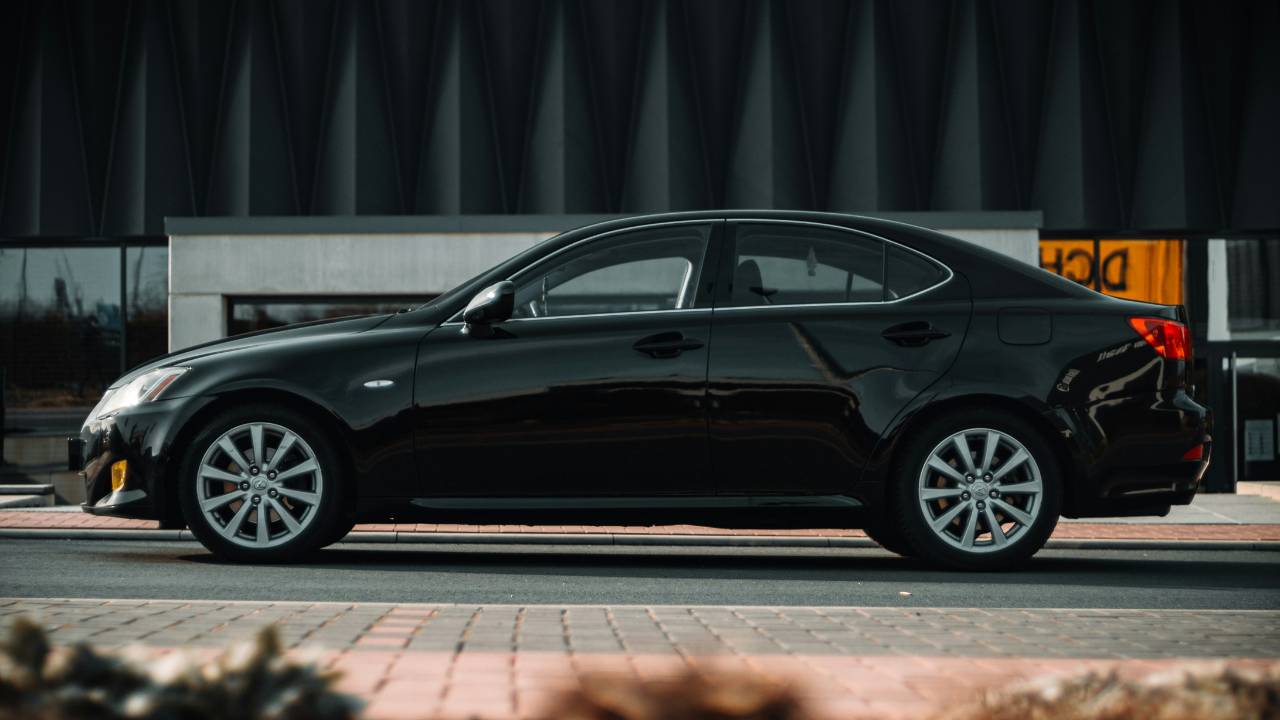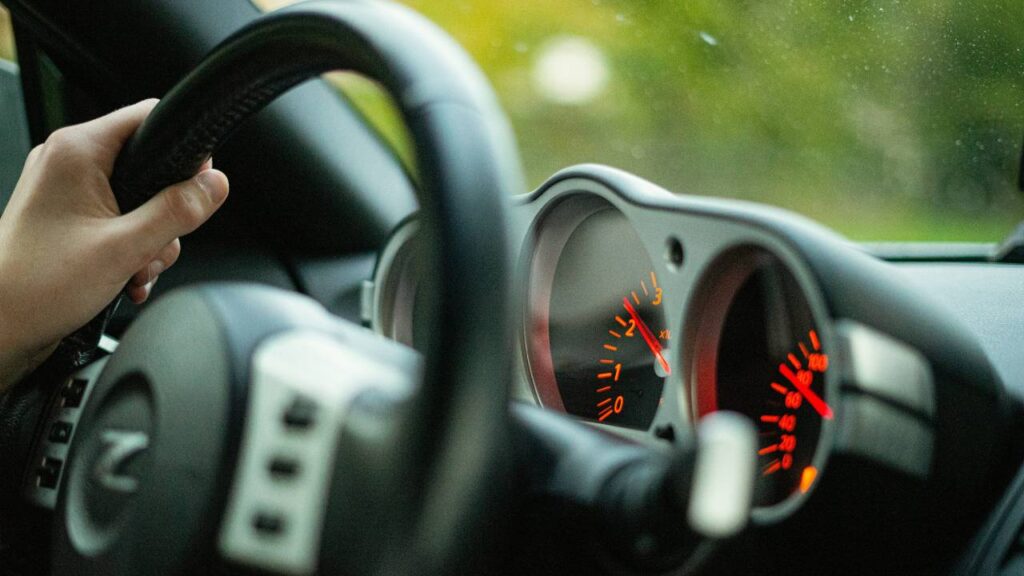
Benefit-in-Kind (BIK) tax can be a significant financial consideration if you’re receiving a company car. Understanding how to navigate and potentially reduce this tax liability is important for safeguarding your wallet. By choosing your company car wisely and staying informed about the current tax regulations, you can maximise your take-home pay while still enjoying the perks of a company vehicle.
Making smart decisions regarding vehicle choice can lead to substantial BIK savings. Opting for cars with lower CO2 emissions, for instance, is not only environmentally conscious, but it also has a positive impact on the BIK rate you’ll face. It’s crucial to stay up-to-date with changes in BIK rates, as these can fluctuate with new tax laws.
In addition to selecting an eco-friendly car, consider the way in which you use your company vehicle. Business versus personal use can have tax implications, so keeping an accurate log of your mileage can help demonstrate to HM Revenue and Customs (HMRC) the proportion of business use and reduce unnecessary BIK charges. By being mindful of these factors, you can effectively minimise the tax you’ll need to pay on your company car.
Understanding Benefit-in-Kind on Company Cars
When you receive a company car, it’s important to understand how Benefit-in-Kind (BIK) affects you financially. The charges linked to BIK depend on several factors, including CO2 emissions and the car’s original market value.
Defining Benefit-in-Kind and BIK Charge
Benefit-in-Kind refers to the benefits that you, as an employee, receive from your employer which are not included in your salary. When you’re provided with a company car, the BIK is essentially the value of the privilege of having this car for personal use. The BIK charge is the tax you pay on this benefit, and it’s determined by several factors linked to the car and its usage.
The Impact of CO2 Emissions on BIK
The BIK rate and, consequently, the charge are considerably influenced by the CO2 emissions of the company car. Cars with lower emissions are subject to lower BIK rates, hence less tax. For instance:
| CO2 Emissions (g/km) | BIK Rate |
| 0-50 | 2-14% |
| 51-75 | 15-19% |
| 76-94 | 20-23% |
By selecting a company car with lower emissions, you can reduce your BIK rate and the subsequent cost to yourself.
Original Market Value and Its Role
The original market value, or list price, of the company car is also a determinant of your BIK charge. It is the price of the car when it was new, irrespective of any discounts you may receive. Your BIK tax is calculated by multiplying the original market value by the BIK rate; therefore, a more expensive car can lead to a higher BIK charge. It’s prudent to be aware of the original price of the car when considering your potential BIK liability.
Exemptions and Reliefs

Navigating Benefit-in-Kind (BIK) on company cars can be simpler once you’re aware of certain exemptions – just like in the case of entrepreneur relief. These can significantly reduce your tax liability, especially if you’re driving low-emission or electric vehicles aligned with the government’s climate action plan. Discussing the matter with a risk management consultant is never a bad idea in regards to this, especially if you’re unsure how to go about it.
Low-Emission Vehicles and Exemptions
- Electric Vehicles (EVs) – If you’re using an electric car with emissions of 50g CO2 per kilometre or less, you may qualify for BIK exemptions. The tax year 2020-2021 grants a 0% BIK rate for fully electric vehicles. This rate is subject to review and may change in subsequent years, but it’s designed to support the adoption of environmentally-friendly cars.
- Exemptions for Electric Cars – It’s crucial to note that, in the case of cars registered from April 6, 2020, the lower the emissions, the lower the BIK rate. Check the latest updates on BIK rates as they may continue to offer favourable terms for low-emission company cars.
Tapering Relief and Notional Pay Adjustments
- Tapering Relief – You may be eligible for tapering relief if your company car has a CO2 emission rate that’s above the threshold for exemption but still under a specific limit. The BIK rate incrementally increases with the CO2 emissions, so driving a car with relatively low emissions can lead to significant savings.
- Notional Pay – To reflect the reduced emissions, your notional pay, which is the figure used to calculate your BIK, may be lower with low-emission vehicles. Always consider your car’s CO2 emissions and electric range when assessing potential notional pay adjustments.
Keep up-to-date with the HM Revenue and Customs (HMRC) guidelines on BIK tax for electric cars, as these can change annually alongside the government’s climate action efforts. Lower-emission cars are not only good for the environment but can also be financially beneficial for you.
Calculating the BIK on Company Cars

When you’re provided with a company car, the Benefit-in-Kind (BIK) is a tax on the personal use of the vehicle. Understanding the BIK calculation can help you minimise this taxable benefit.
The Use of OMV in BIK Calculations
The Original Market Value (OMV) is the cornerstone of calculating BIK. It represents the value of the car when new, even if you acquire it second-hand. To start your BIK calculations:
- Find out the OMV of your company car – OMV is the price the car would have fetched if sold in the State on the open market and before it was first registered.
BIK Cash Equivalent Determination
The BIK cash equivalent is essentially the value of the benefit you gain from personal use of the company vehicle. It’s calculated as follows:
- Calculate 30% of the OMV – This is the standard percentage used for BIK cash equivalent.
- Adjust for Business Mileage – If you drive more than 15,000 business kilometres annually, this percentage can be reduced.
The resulting figure is the cash equivalent of the BIK you will be taxed on.
Inclusion of Mileage and Business Kilometres
Mileage and business kilometres directly influence your BIK cash equivalent:
- Record all Mileage – You should keep a detailed logbook of your total kilometres driven, distinguishing between personal use and business travel.
- Apply Reductions – BIK charges decrease on a sliding scale if you cover more than 15,000 business kilometres per year. Check the current thresholds and reduction percentages, as these can vary.
By maintaining accurate records and understanding these elements, you can ensure your BIK calculations reflect your actual usage, potentially lowering your tax liability.
Tax Implications and Reporting
Navigating the tax implications of a company car can be straightforward when you’re aware of the specific taxes involved. Familiarising yourself with Income Tax, PRSI, and USC requirements, understanding how employee contributions affect your taxes, and ensuring PAYE system compliance will help you avoid unnecessary Benefit-in-Kind (BIK) on your company car.
Income Tax, PRSI and USC on Company Cars
If you’re provided with a company car, the Benefit-in-Kind is assessed and added to your income for tax purposes. The BIK value is calculated based on the Original Market Value (OMV) of the car and the annual business mileage. Lower annual mileage leads to a higher BIK and vice versa.
- Income Tax – The BIK value is treated as additional income and subjected to Income Tax at your marginal rate (either 20% or 40%).
- PRSI – Additionally, PRSI (Pay Related Social Insurance) contributions at a rate of 4% also apply to the BIK value.
- USC – Finally, the Universal Social Charge (USC) is due on the BIK and the rate ranges from 0.5% to 8% depending on total income.
Remember, accurate record-keeping of business miles is key to determining the correct BIK assessment.
Employee Contributions and Lump Sum Payments
You can reduce the taxable BIK by making contributions towards the cost of the car or its running expenses. Documented employee contributions directly reduce the BIK value.
- Employee Contributions – If you pay towards the car’s annual lease, the BIK value is reduced by the amount you contribute.
- Lump Sum Payments – A large, one-time lump sum payment can also be used to reduce the BIK value, provided adequate records are kept.
Bear in mind, only the actual contributions you’ve made during the tax year are eligible for deductions.
PAYE System Compliance
The PAYE (Pay As You Earn) system ensures that Income Tax, PRSI, and USC related to company cars are collected accurately and on time.
- Your employer must report the Benefit-in-Kind on your behalf through the PAYE system, which means tax deductions are automatically adjusted through your payroll.
- It’s your responsibility to alert your employer to any changes that might affect the BIK assessment, such as a significant increase or decrease in business mileage.
Staying compliant with the PAYE system protects you from potential penalties and ensures your tax affairs are in order.
Future Developments and Planning

As you navigate the terrain of Benefit-In-Kind (BIK) on company cars, it’s imperative to stay informed about regulatory changes and plan accordingly to minimise your tax liability.
Changes to BIK Rules and Future Updates
It’s vital to know that the Finance Act 2017 introduced key changes affecting the calculation of BIK on company cars. This might influence your financial modelling and tax strategy. Specifically, keep an eye out for:
- Updates on Emission Standards – The Government has committed to emissions reductions, leading to adjustments in BIK rates. Ensure your company car meets the latest standards to benefit from lower BIK rates.
- BIK Rate Tables – Familiarise yourself with BIK rate tables in Excel to forecast your tax liability accurately. It’s an excellent way to see potential changes at a glance.
- 2023 to 2027 Extension of Exemption – You should take note that certain low-emission vehicles will enjoy an exemption extension until 2027, potentially affecting your car choice and tax design.
- Published Changes – Keep abreast of updates by checking the date when changes are published, ensuring you’re working with the most current information.
Staying proactive with these updates can facilitate better planning for your company car expenses and BIK implications.
